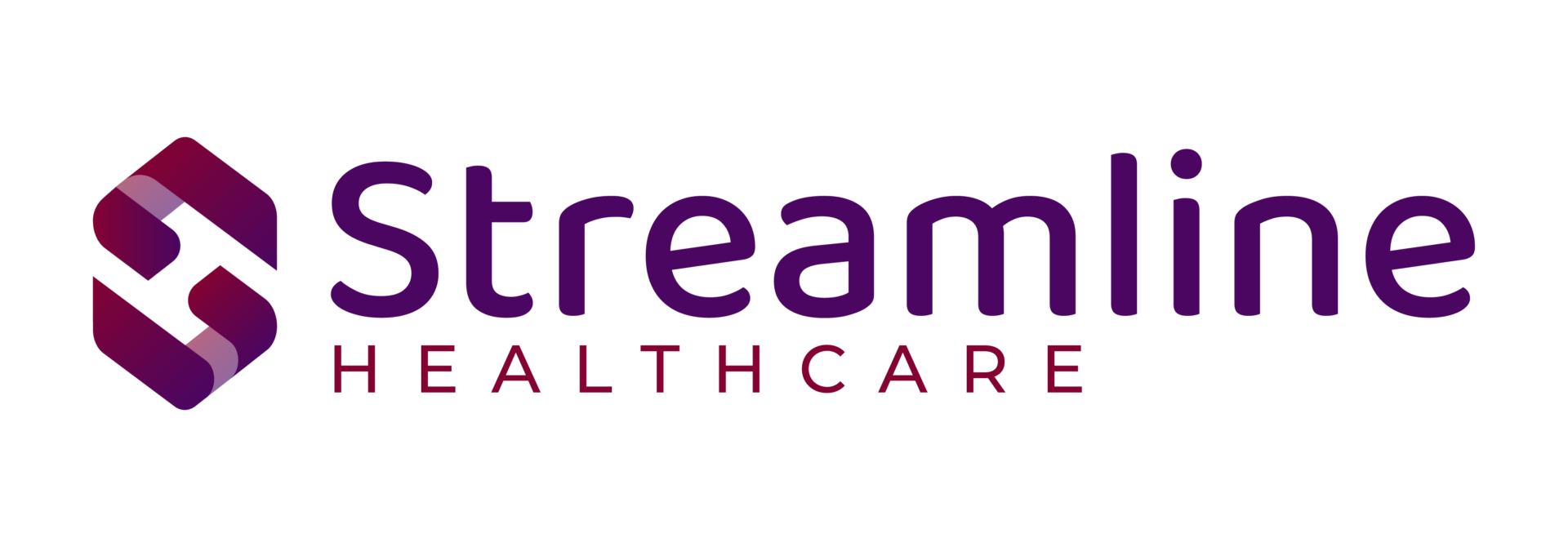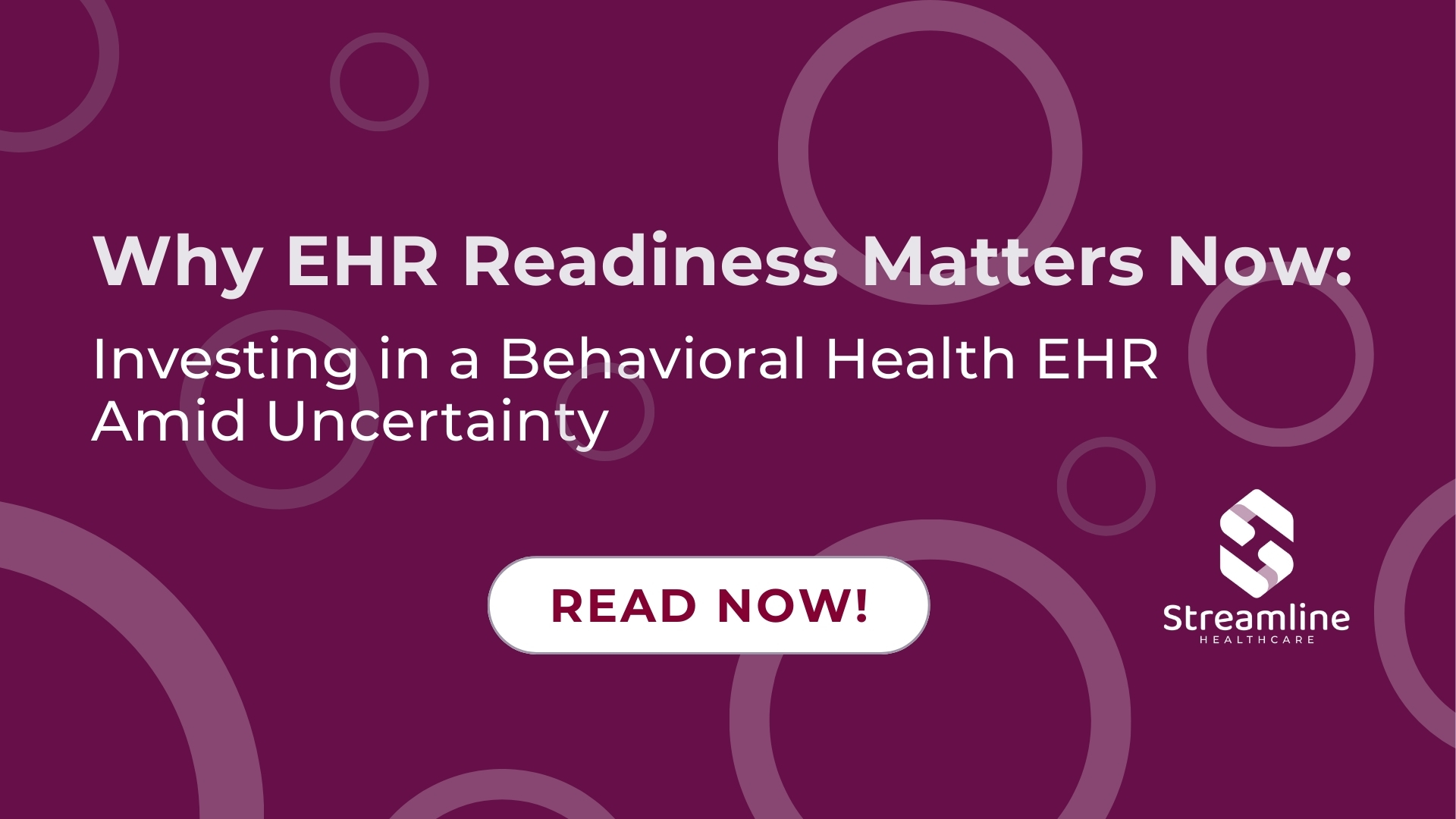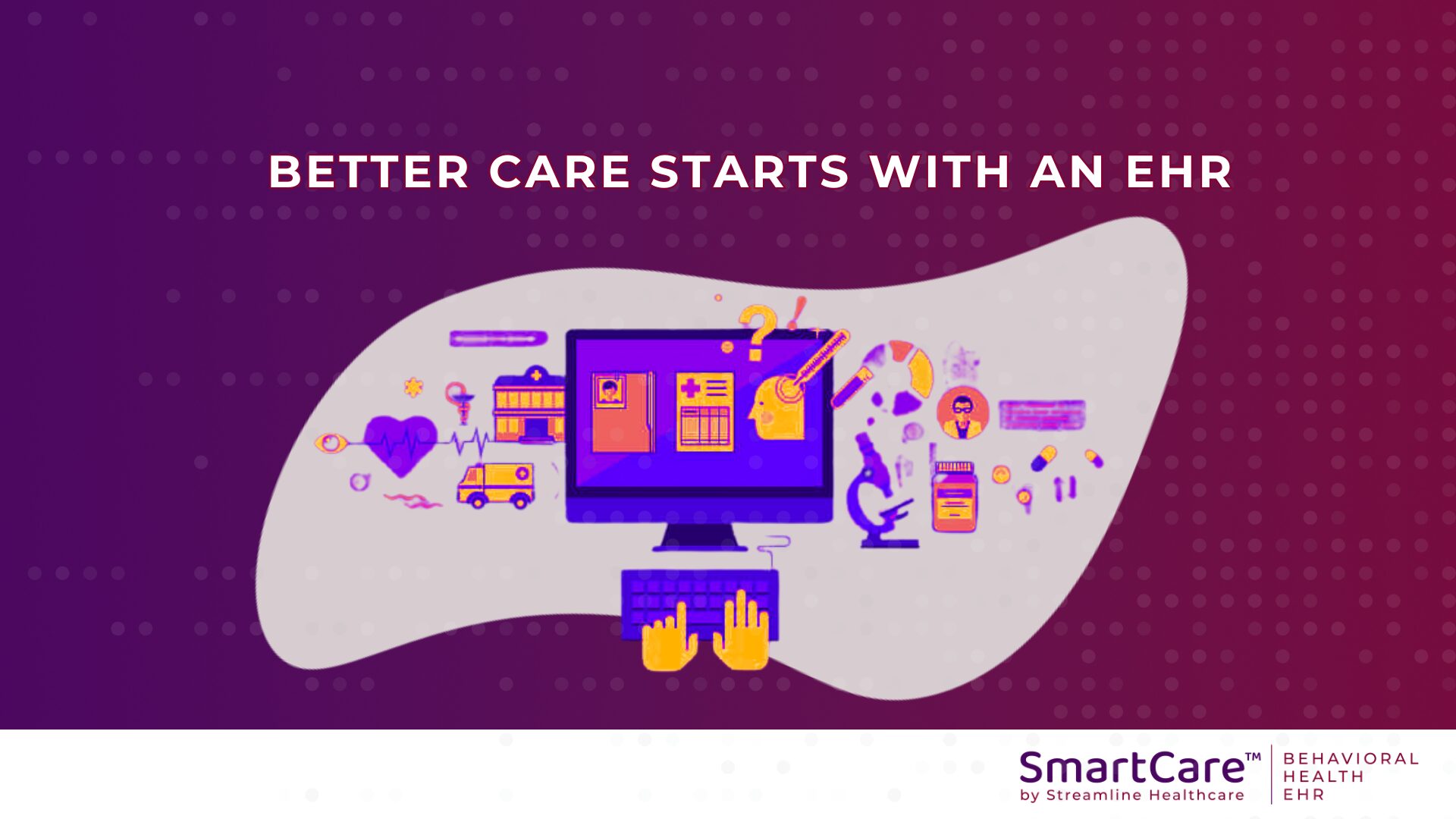By Sarah C. Threnhauser, MPA
Executive Vice President
OPEN MINDS
I think one of the frustrations of managers of health and human service organizations is the gap between the “promise” of big data and predictive analytics—and the reality on the ground. We’ve written extensively about the potential of big data (check out some of our more recent coverage here: Medtronic, IBM Watson Health Partner To Roll Out AI App For Diabetes Management, University Of Iowa Health Care First To Adopt Landmark FDA Approved AI Device In Diabetes Setting, Woebot Raises $8 Million For Its AI Therapist, and Bessemer Venture Partners Unveils New Seed Stage Fund To Invest In AI-Driven cTechnologies For Health Care). But, the reality is that it’s hard to find the actual application of the tools in practice.
Katie Morrow at The 2018 OPEN MINDS Strategy & Innovation Institute
That’s why I found the presentation, Population Cost Management: Using Data To Improve Care, given by Streamline Healthcare Solutions’ Vice President of Client Accounts, Katie Morrow, at last month’s 2018 OPEN MINDS Strategy & Innovation Institute, most interesting. It was a practical example of how managers can harness the power of data to improve the efficiency of care coordination in our current market.
Ms. Morrow told of her experience in working with a Michigan Medicaid managed behavioral health organization (see What is a CMHSP? Community Mental Health Services Program). The organization was looking for a way to improve the efficiency and effectiveness of the care coordination process. In the system, utilization management was conducted on every service for every consumer. The management team of the MBHO used a four-step process to find and implement analytic tools for care coordination that plugged into their electronic health record (EHR). Their process was straightforward.
Analytic tool selection process—The tool selection was driven by a need for measurement of each consumer serviced, as well as what is their level of need was, all while being imbedded in the electronic health record. Ms. Morrow’s advice? Choose a tool that will work without being an additional burden on staff.
Initial data analysis for planning—After selection, they started collecting data. Ms. Morrow’s advice? The key in this step is assessment of the tools, and the collection of baseline data, such as care plan data reviews, and review of discharge data. With the new data, analysis began to “build the foundation of the program”, including using historical service utilization used to determine cost of service, determining Levels of Care (LoC) by population, average cost per consumer per LoC, and county variations. Ms. Morrow’s advice? It is key to understand your baseline data.
Using data to build a level-of-care model—When the analysis was complete, they determined the appropriate services for each LoC, the units of service for each LoC, and the ranges for LoC. Ms. Morrow’s advice? Be patient, as it took six months to build out their first model, with a lot of negotiations and a lot of meetings.
Going live with real time data-informed population management—With the LoCs set, they were able to integrate the tool into their EHR data and workflow. Ms. Morrow’s advice? Be prepared for negative reactions at first, which will include skepticism and a belief that the new directions and responsibilities are additional work.
The results for Ms. Morrow’s organization? In the end, they found what she called “strong subjective outcomes” from using the tool, including consistency across the region using a data driven process; clinical awareness of what was within norms for services; increased consistency of not requesting services outside of the norms; and decreased time for access to care.
For more on using data to improve your organization’s performance, check out these resources in the OPEN MINDS Industry Resource Library:
- Building & Executing Strategy In A Complex Market-A Three-Phase Best Practice Model For Success
- Make Your Data ‘Count’
- Getting More From Your EHR
- Metrics-Based Management For Value-Based Reimbursement
- The Missing Numbers
- Navigating By The Numbers-The Market Metrics Shaping The Complex Consumer Market
- Structuring (& Budgeting For) Analytics
- Data Sharing To Enable Population Health Management
- Is Your Staff ‘Performance Prepared’?
- 3 Steps To Leading A Digital Transformation In Your Organization
For more from Streamline, check out The Importance Of Coordinating Data In Behavioral Health Under A Value-Based Model. And for more on new tech and data usage, join my colleague Joseph Naughton-Travers, Senior Associate, OPEN MINDS on October 24 at The 2018 OPEN MINDS Technology & Informatics Institute for his seminar, “How To Make The Right Tech Investments For Your Organization: An OPEN MINDS Executive Seminar To Technology Budgeting & Planning.”




